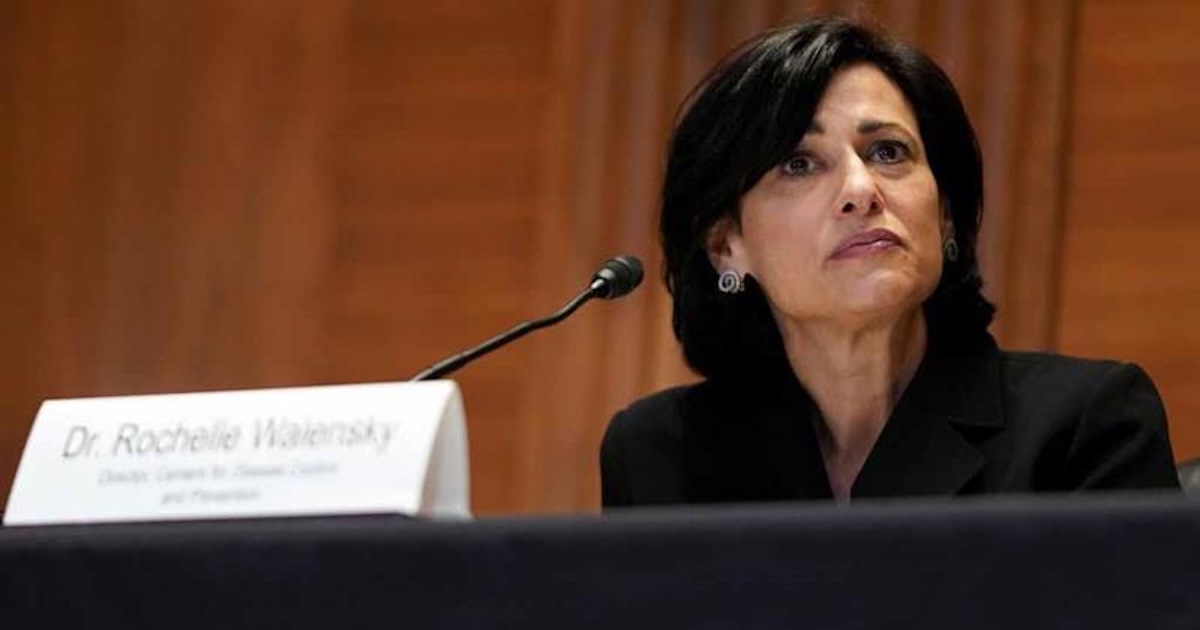What's more important to a healthcare executive – establishing an electronic medical record or getting a handle on mobile devices?
Most would say that the EMR deployment comes first, while a Bring Your Own Device (BYOD) policy finishes a distant second, if not lower. But when you consider that eight out of every 10 clinicians now carries a smartphone – and more than half also possess a tablet or other mobile device – there's room for concern.
"Yes, the majority have at least adopted a policy," says Adam Turinas, president and CEO of Navio Health. "But most of that's about the IT folks trying to get their arms around this. The CIOs are only now shifting their focus."
Navio Health, based in Greenwich, Conn., rolled out its first product, the Practice Unite app, this past June. The app seeks to consolidate the many lines of communication in a hospital or healthcare campus onto one mobile platform. With early adopters like Jersey City Medical Center singing its praises, the company is looking to push this solution out to healthcare providers seeking to solve the BYOD problem.
"Taking a careful, methodical approach makes understandably perfect sense … but how many CIOs are actually doing that?"
According to Turinas and Stuart Hochron, Navio Health's practice director chief medical officer, providers should be following a three-step rule in establishing a BYOD policy or making sure the one they have is sustainable.
1. Establish a foundation. "Having a BYOD policy is basic hygiene," says Turinas. "It's something everyone should practice." That begins with a team of stakeholders from across the enterprise – management, physicians, nurses, IT – that develops strategies and looks at different tools and platforms. The team "creates a sense of inclusion among all the departments," says Turinas, "and lets you know there's a place where the ideas are coming from and where they go."
2. Experiment with the options. Many BYOD platforms are focused only on secure messaging and texting, says Turinas. Soon enough they'll be looking at integrating mobile devices with other systems, like EMRs, scheduling platforms, even outpatient services. Both Turinas and Hochron recommend practicing with different solutions to determine what works best in your particular environment, then making sure it's adaptable to all environments. 'Mapping out a workflow is very complicated," says Turinas, "but it's vital. And you have to keep on top of performance metrics. You need proof for the stakeholders."
3. Scale across the network. "Apps are deceptively simple," says Turinas. "There's a mistake that many healthcare institutions can take in thinking they can just throw them out there." In fact, he says, most physicians already have several apps on their smartphone, so "there needs to be a system in place to coordinate."
See also:
Will VC's steer startups toward more effective mHealth apps?
Next big thing in fashion? mHealth jewelry
Reporter's notebook: The coming convergence of ACOs, mHealth and telemed


